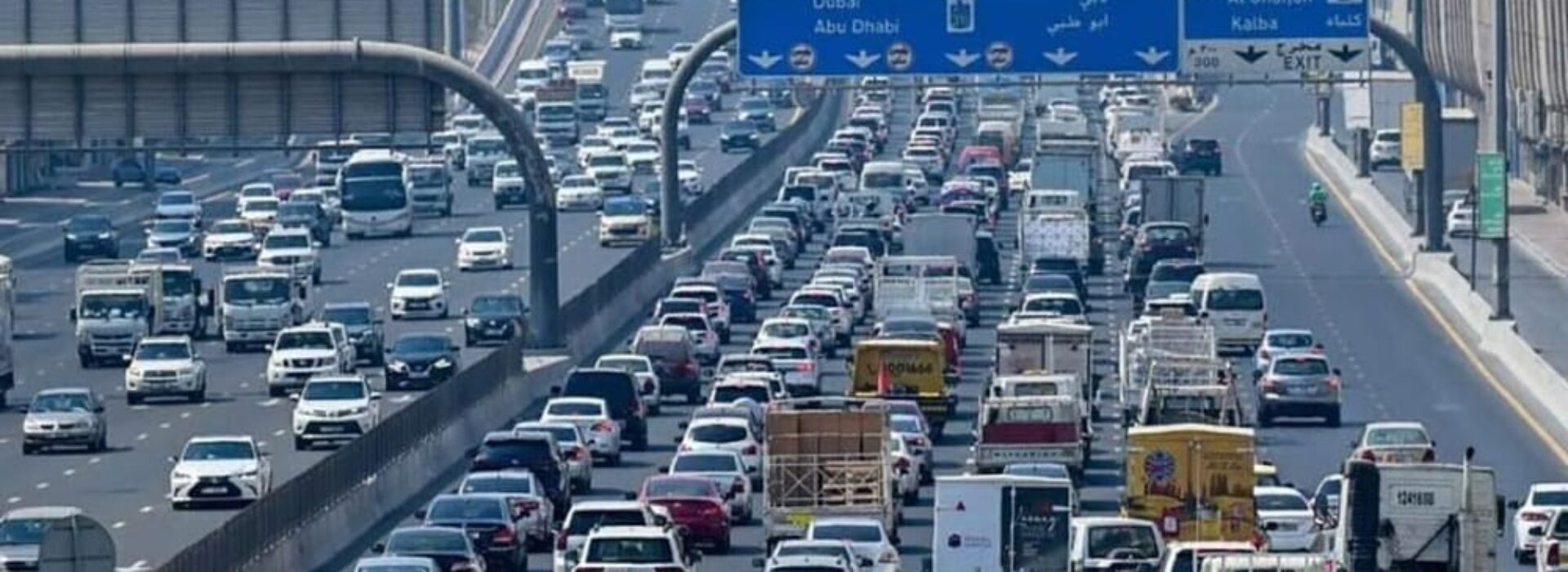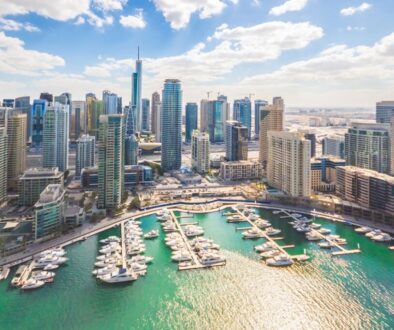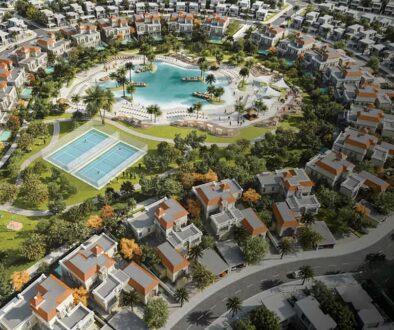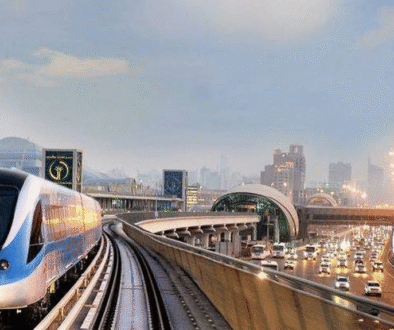Let’s face it — Dubai’s traffic has become intense.
During peak hours, it’s chaos. What once took 15 minutes can now stretch to 45. For anyone moving around the city daily, the difference between leaving at 7:15 or 7:45 can make or break their day.
But step back for a moment — traffic isn’t just a problem.
It’s a sign of growth. It means Dubai is thriving: more people, more business, more energy. Congestion grows where opportunity grows.
Still, the cost is real.
Traffic drains time — and time fuels productivity. Productivity drives performance, and performance shapes everything from business results to mental well-being. Every extra hour on the road is an hour not spent thinking, creating, building, or living.
Commute time is now redefining real estate value.
We’re entering a phase where connectivity matters as much as the address itself.
People are choosing homes — and even jobs — based on how easily they can move between home, work, and lifestyle destinations. The era of buying a bigger villa only to spend an extra hour in traffic is ending.
The new luxury is proximity — living close to where life happens.
Globally, longer commutes are proven to lower productivity, satisfaction, and retention. In Dubai, the same pattern is emerging: the more time people lose in traffic, the more they value communities that give them time back.
This isn’t just about convenience — it’s about what’s driving the next wave of property demand.
As Dubai evolves, projects and neighborhoods that offer smarter, faster access to business and leisure hubs will lead the market.
The next decade of real estate will be defined by connectivity.
The upcoming Dubai Metro Blue Line — linking Business Bay, Creek Harbour, Silicon Oasis, and Dubai Marina — is projected to cut congestion by nearly 20% and boost property prices in connected areas by 20–25%.
That’s not speculation — it’s what happened with past metro expansions.
Add hybrid work, AI-driven traffic management, and urban decentralization, and the future becomes clear:
Mobility and real estate are merging into a single conversation.
For businesses and talent, the impact is massive. Recruitment, retention, and performance are all being reshaped by one invisible factor — time lost in transit.
The best people now seek balance, not burnout. Companies demanding long commutes will struggle to keep top talent — regardless of brand or pay.




